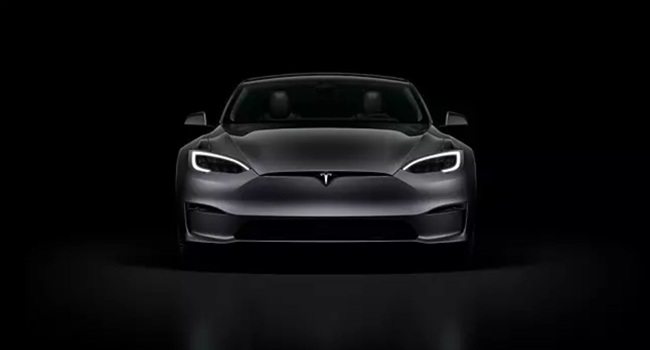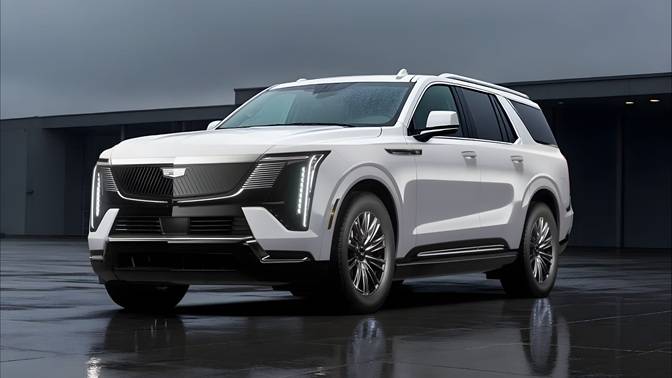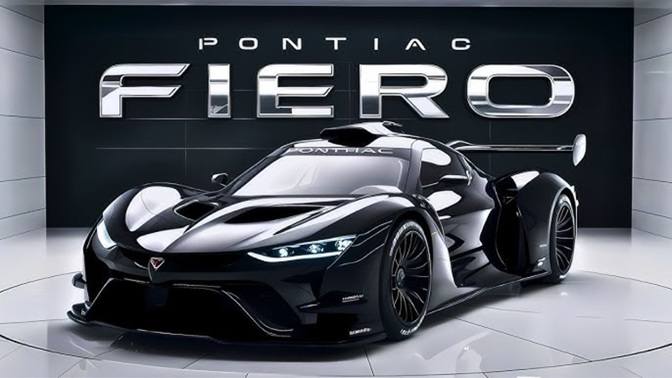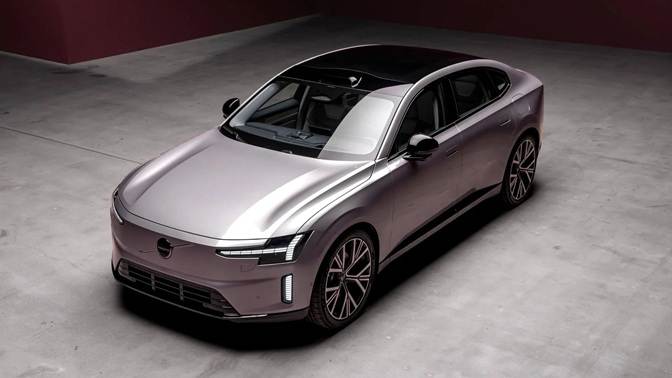Tesla, the undisputed leader in the electric vehicle (EV) market for years, is now facing a significant sales decline in Europe. The numbers are startling—Tesla sales in Germany plummeted by nearly 60% in January compared to the same period last year. This isn’t just a localized issue; the trend is similar across multiple European markets. So, what’s causing this sharp drop? Let’s dive into the details and explore the key factors behind Tesla’s current struggle.

Tesla’s Sales Decline in Germany
According to the German road traffic agency KBA, Tesla registered only 1,277 new cars in January 2025, marking a staggering 59.5% decline from the previous year. Meanwhile, the overall German car market only dropped by 2.8%, with over 207,000 vehicles registered. What’s even more striking is that Germany’s battery-electric vehicle (BEV) market actually grew by 53.5%, which means Tesla’s downturn is not due to an industry-wide slowdown but rather a brand-specific issue.
The drop in Tesla’s sales isn’t limited to Germany—it’s a trend sweeping across the entire continent. Many European countries are seeing a significant dip in Tesla registrations. While EV adoption remains strong, Tesla is noticeably losing ground to competitors that continue to gain momentum.
What’s Behind Tesla’s Decline in Europe?
Several key factors are contributing to Tesla’s struggles in the European market:
1. Model Y Transition Period
Tesla recently introduced an updated version of the Model Y, its best-selling SUV. As a result, some customers might be delaying their purchases, waiting for the refreshed version to become widely available. However, Tesla faced a similar situation last year when it launched the new Model 3, yet the sales impact wasn’t as severe. This suggests that other factors are also at play.
2. The Elon Musk Effect
Elon Musk’s outspoken political views and social media presence are starting to have real-world business consequences. European consumers, in particular, are less receptive to his controversial stances, and some are actively choosing alternatives to Tesla as a result. While it’s difficult to measure exactly how much Musk’s personal brand is affecting sales, it’s clear that negative sentiment toward Tesla is growing in certain regions.
3. Rising Competition in the EV Market
Tesla no longer enjoys the monopoly it once had in the EV space. European automakers like Volkswagen, BMW, and Mercedes-Benz are stepping up their electric offerings, providing consumers with more choices. New EV brands from China, such as BYD and NIO, are also aggressively expanding into Europe with competitive pricing and advanced technology. With more options available, Tesla’s dominance is being challenged like never before.
4. Pricing and Incentives
Tesla’s pricing strategy has been fluctuating over the past year, leading to some uncertainty among potential buyers. While Tesla has implemented price cuts in certain markets, other automakers have been more aggressive with incentives, financing options, and government-backed subsidies. In Germany and other parts of Europe, government incentives for EVs are still strong, but Tesla may not be offering enough additional incentives to attract hesitant buyers.
5. Lack of Significant Model Updates
While Tesla’s Model Y refresh is generating buzz, the changes aren’t groundbreaking. Many customers may feel that the updated version doesn’t offer enough new features to justify upgrading or switching from another brand. In contrast, competitors are launching EVs with fresh designs, better range, and new technology, making Tesla’s offerings seem less exciting in comparison.
Tesla’s struggles in Europe are a wake-up call for the entire EV industry. While the overall demand for electric cars is still rising, Tesla’s decline signals that brand loyalty and first-mover advantage alone may not be enough to maintain market dominance. Consumers now have more choices than ever, and Tesla will need to work harder to stay competitive.
If this trend continues, it could have a ripple effect on Tesla’s global performance, including in the U.S. market. If American consumers begin to follow Europe’s lead in seeking alternatives, Tesla’s position as the top EV brand could be at risk.
| Country | Jan-25 | Jan-24 | % YoY |
|---|---|---|---|
| Germany | 1,277 | 3,150 | -59.5% |
| UK | 1,293 | 1,581 | -18.2% |
| France | 1,141 | 3,118 | -63.4% |
| Netherlands | 926 | 1,610 | -42.5% |
| Norway | 663 | 1,109 | -40.2% |
| Spain | 269 | 1,094 | -75.4% |
| Sweden | 394 | 730 | -46.0% |
| Denmark | 451 | 763 | -40.9% |
| Portugal | 380 | 551 | -31.0% |
| Total | 6,794 | 13,706 | -50.4% |
Can Tesla Bounce Back?
Despite the current decline, Tesla still has some advantages that could help it regain lost ground:
- Strong Supercharger Network: Tesla’s extensive fast-charging network remains a major selling point.
- Brand Recognition: Tesla is still the most recognizable name in the EV industry.
- Technological Edge: Innovations in autonomous driving and battery technology could give Tesla a future boost.
- Potential Price Adjustments: Tesla could respond to competition by adjusting prices or offering better incentives.
Tesla’s sharp sales drop in Germany and across Europe is a sign that the EV market is evolving rapidly. While the introduction of the new Model Y plays a role, it’s clear that growing competition, shifting consumer sentiment, and Elon Musk’s influence are all contributing factors.
The real question is: Will Tesla make the necessary changes to stay ahead, or will it continue to lose market share to rising competitors? Only time will tell, but one thing is certain—Tesla can no longer afford to rely on its past success alone. It must innovate, adapt, and respond to consumer expectations if it wants to remain at the forefront of the EV revolution.
PEOPLE WHO READ THIS, ALSO READ




